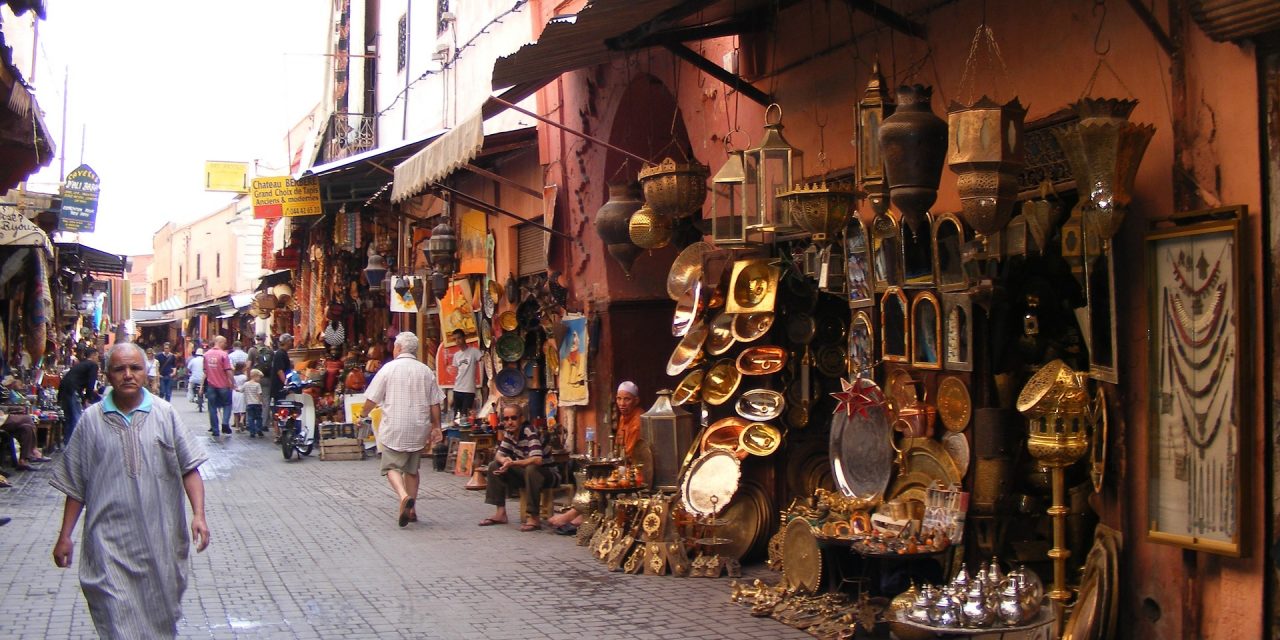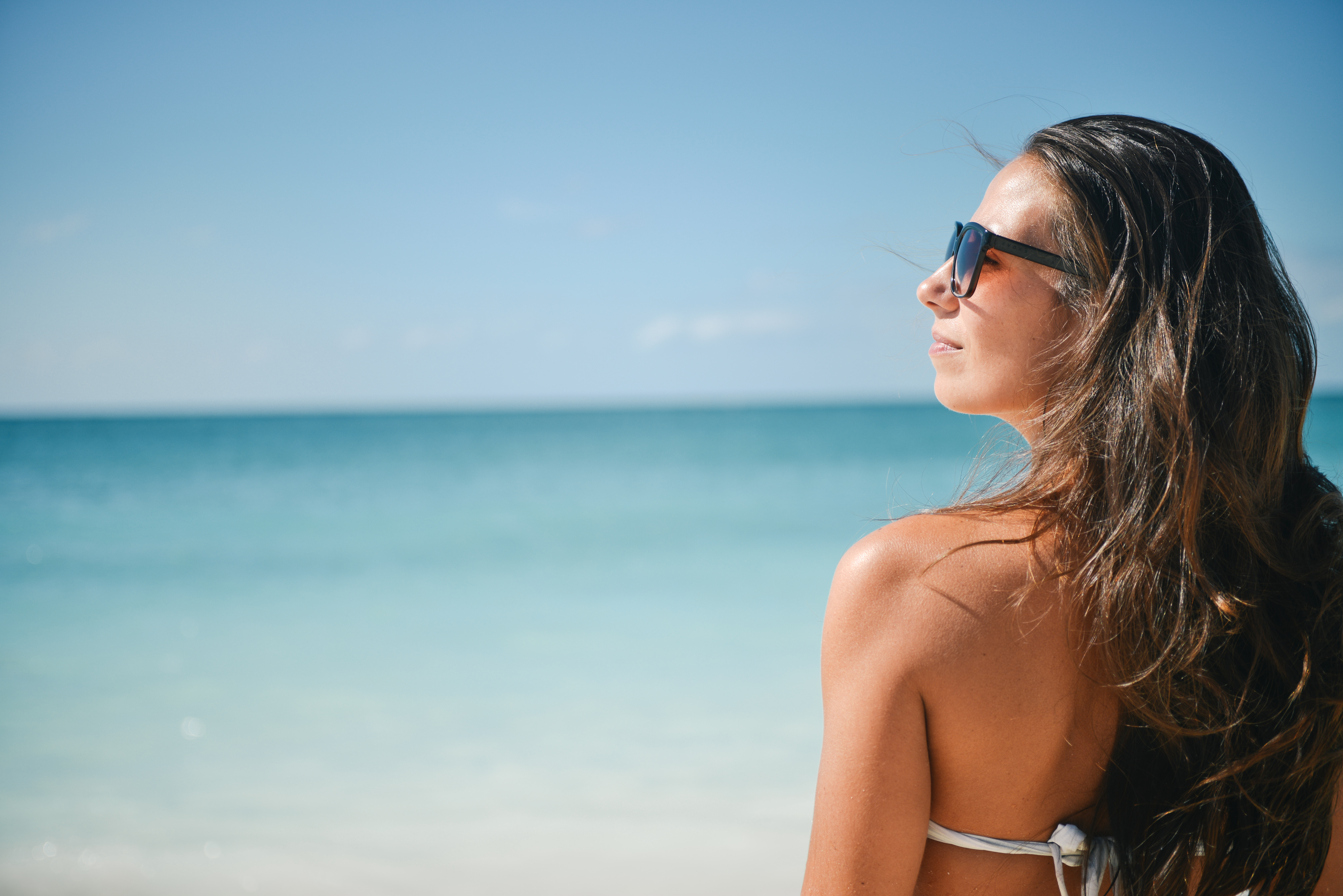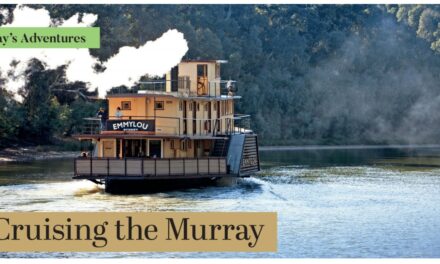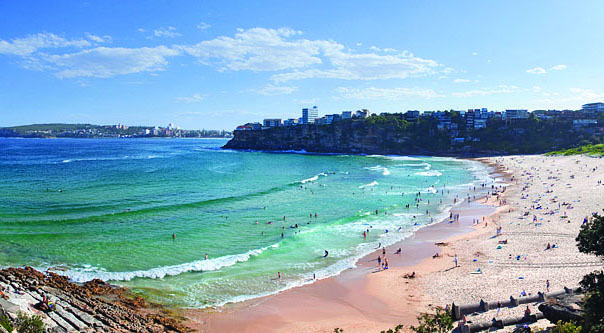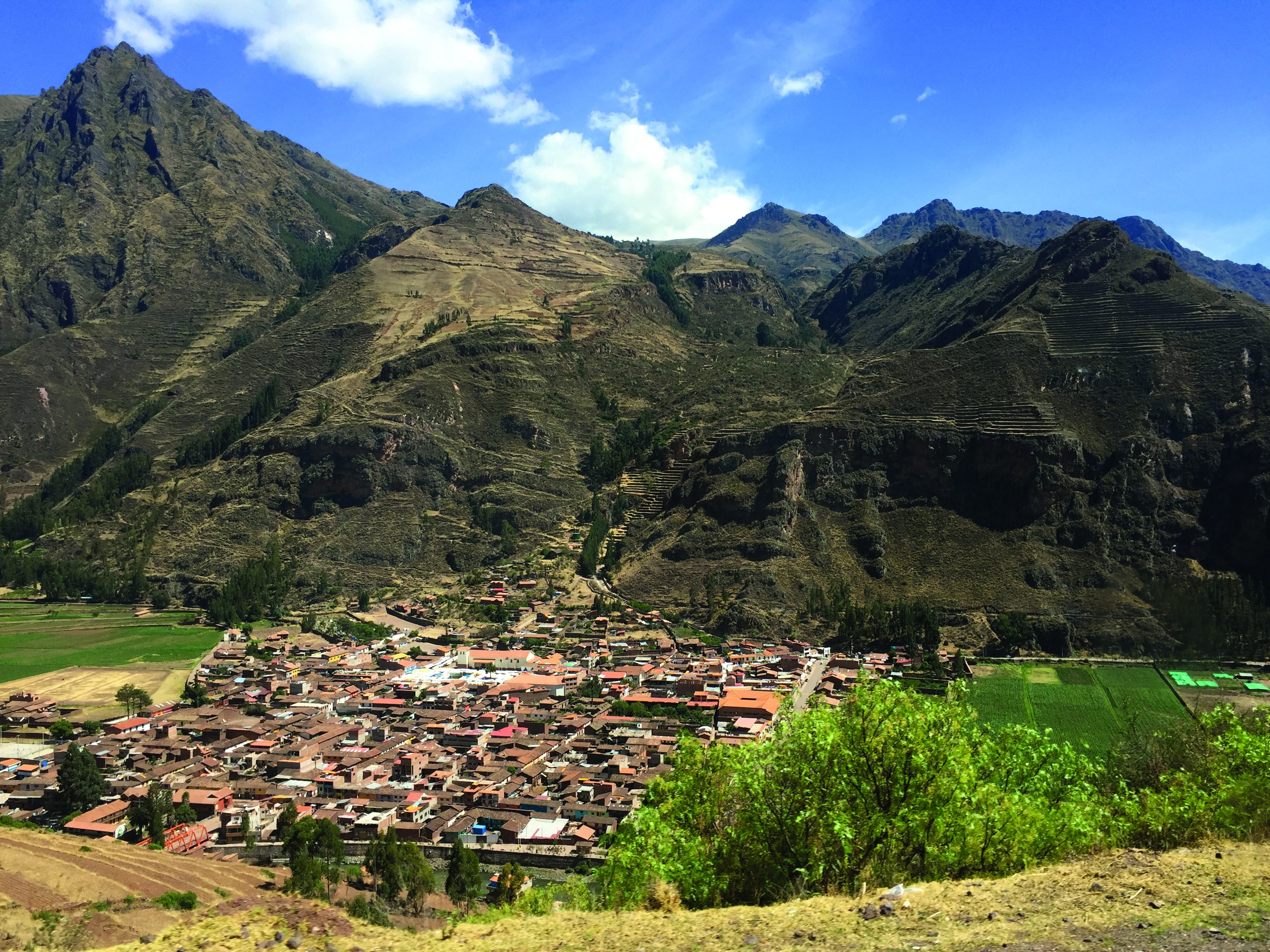Brooke Fryer
The fast paced city of Marrakesh welcomes a wide range of diversity into its chaotic yet orderly streets. The city is crammed with clay-pastel washed buildings formed to create endless mazes of souqs, food stalls and spice markets. Each turn holds temptations for tourists to wander further into the depths of the Medina. Whether you are intrigued by hundreds of lanterns lining a string of markets, or hand woven carpets, Marrakesh is not just a hot spot for Europeans craving African heat, but for all travellers alike. The ideal time to travel to the thriving city of Marrakesh is between March and May, for a lush green Spring.
MONEY AND COSTS
The official currency in Morocco is the Moroccan dirham. Typically AUD$1 is MAD7.5, making Morocco a fairly cheap destination for travel. It is always good to travel equipped with cash, but don’t worry if you underestimated yourself, ATMs can be found throughout the major cities. For two people, the cost to stay in a riad or hotel averages at MAD744 ($101AUD), with an additional daily cost of eating, shopping and travelling through the city at MAD550 per person ($75AUD). It can be cheaper if travellers choose to eat at the markets, negotiate cab fares or even take on the city by foot.
STAY AT A RIAD
It wouldn’t be a trip to the North African city of Marrakesh without staying in a riad. A riad is typically a large traditional home built around an Andalusian-style courtyard that generally contains a fountain and walls adorned in zellige tiles. Sydney Observer personally recommends Riad Diana, a small and intimate red-pastel washed riad in the heart of Marrakesh and at complete walking distance to Bahia Palace, Jemaa El Fnaa and the exciting madness of the souqs. Upon arrival you will be greeted with a friendly staff and Moroccan tea, kicking off your stay with welcoming locals. Riad Diana also offers travellers the ideal spot to watch the sunset from the rooftop dining area. This also offers a shaded place ideal to escape the crowds and mid-day heat.
JEMAA EL-FNAA
By day, snake charmers bewitch their cobras with flutes and food markets line the large open space and broken concrete paths. But by night, the square is almost unrecognisable, and this is when Jemaa El-Fnaa comes to life. The square fills with hundreds of people throwing dirhams on cloth and an abundance of fortune-tellers, street performers, magic shows and acrobatics. Take a moment away from the crowd and people watch from above at dinner. Dine at one of the many roof top restaurants that sit above the square, lit by gas lanterns and table-top candles.
SAFETY
Tourists are often seen as wealthy, naturally making them a target for pickpockets and thieves. Many travellers wear a money belt when travelling to Morocco due to petty crime. The Australian Government warns Australians travelling to Morocco to exercise a high degree of caution and warns everyone not to travel West of the Sahara due to active landmines.

